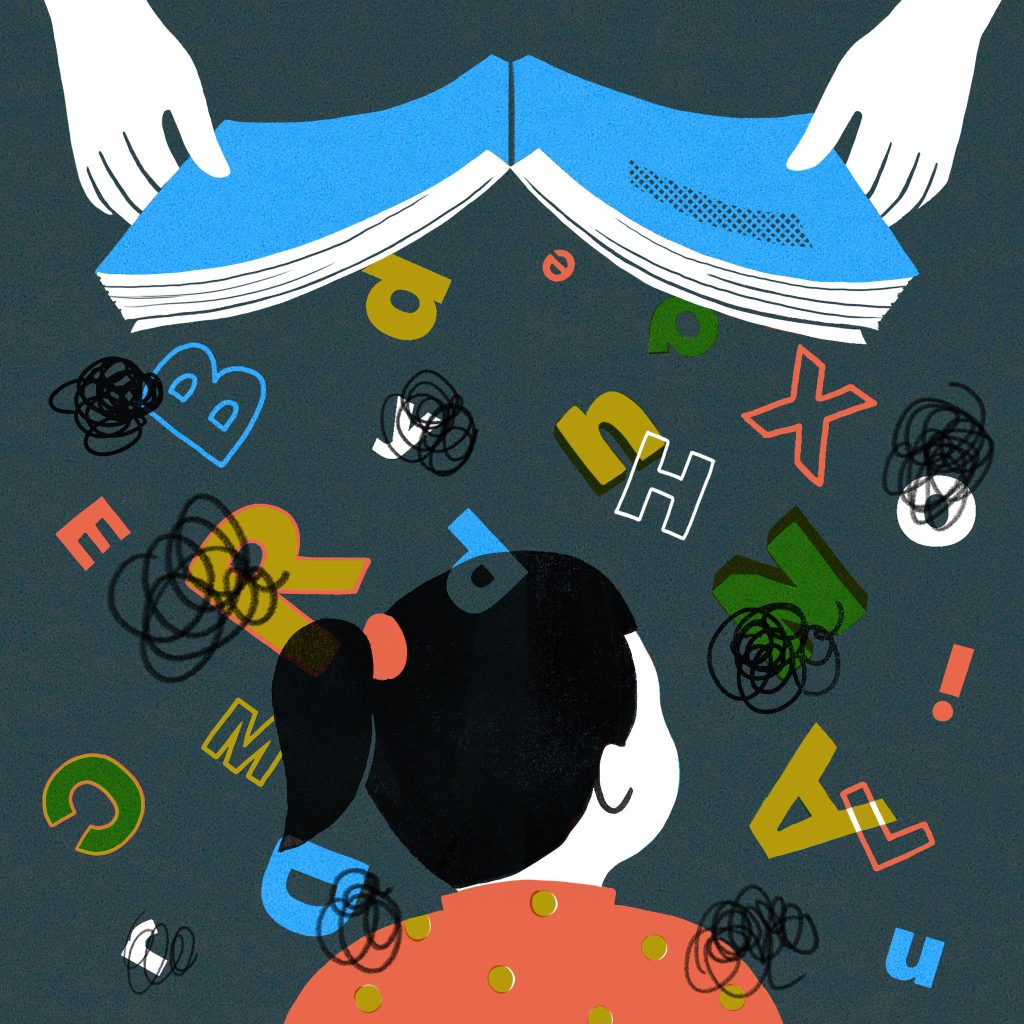Introduction
Fables have been an integral part of human culture and tradition since ancient times. They are a unique and powerful way of imparting moral lessons, using a combination of storytelling and allegorical elements. In this article, we will explore the process of reading and writing fables for both students and teachers, with the aim of gaining insight into their profound literary structure and significance.
Understanding Fables
Fables are short fictional stories that teach moral lessons. Often featuring animals or inanimate objects as the main characters, these tales embody universal truths, appealing to readers of all ages. One of the most famous collections of fables is Aesop’s Fables, a compilation of age-old stories with timeless messages.
Reading Fables
When reading fables, both students and teachers should focus on identifying and understanding the following elements:
1. Moral lesson: The central theme or message that the story teaches.
2. Characters: Often anthropomorphized animals or inanimate objects with human-like qualities.
3. Setting: The physical location where the story takes place.
4. Plot: A series of events that build up the climax and lead to resolution.
5. Language: Simple, clear, and concise language that effectively narrates the story in an engaging manner.
Writing Fables
To write a compelling fable, students should keep these guidelines in mind:
1. Choose a moral lesson: Begin by deciding upon a moral theme or message you want to convey through your story.
2. Develop your characters: Since fables often use animals as characters, think about which animals best represent your chosen moral lesson.
3. Create a setting: Set your story in a relatable environment to make it more engaging for readers.
4. Flesh out the plot: Plan your storyline carefully while focusing on creating conflicts that culminate in a resolution related to your moral lesson.
5. Use simple language: Employ clear and concise language to make your story easy to understand for readers of all ages.
For teachers guiding their students through the process of writing fables, emphasize the importance of creating a moral lesson that can be easily understood and related to by the audience. Encourage creativity, while also teaching about the elements that make up a successful fable.
In conclusion, reading and writing fables is an enriching activity for both students and teachers alike. By engaging with these wonderful works of literature, we can gain a deeper understanding of human values and the power of storytelling. So grab a collection of your favorite fables and embark upon this fascinating journey!



